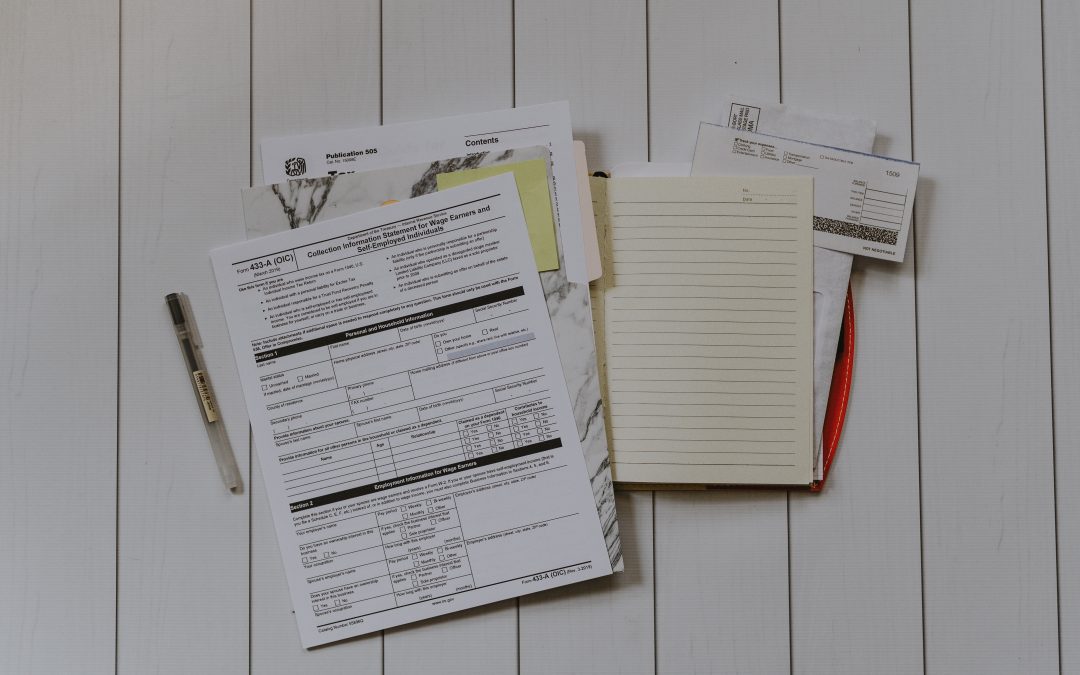By Michele Earney, VP of Operations
Specialty Allocations, Inc
First and foremost, let’s do a quick review of the Medicare Recovery Process!
- Reporting the case to BCRC (Benefits Coordination & Recovery Center)
If your client is involved in a pending worker’s compensation, no-fault, or liability case it
must be reported to the BCRC, however, most of the time this process is completed by the
carrier through the Section 111 reporting requirement. As a claimant attorney, we suggest
making sure these ICD10s are accurately reported, so that there are no future issues with
your client’s Medicare benefits post settlement. This is the beginning stage of the
Conditional Payment process. If an ICD10 is not reported accurately, Medicare will deny
coverage when they start using their Medicare card. - BCRC will issue a Rights and Responsibilities Letter (R&R)
This letter is mailed out to all the parties when the case with BCRC is officially reported.
Medicare will not release any medical information unless there is an appropriate release
signed by the claimant on file. We suggest the utilization of the CMS portal in order to
streamline this process. Their portal has improved over the years and it’s much easier to
navigate in order to get this process going quickly. - BCRC will start identifying claims paid by Medicare and will send out the
Conditional Payment Letter (CPL)
Medicare’s recovery case runs from the “date of incident” through the date of
settlement/judgment/award (where an “incident” involves exposure to or ingestion of a
substance over time, the date of incident is the date of first exposure/ingestion). CMS.gov
Within 65 days after the issuance of the R&R, there is a CPL mailed out to the parties
identifying all the claims that Medicare conditionally paid based on the ICD10s that were
reported from the beginning. We strongly recommend reviewing these items and
making sure the ICD10s match up with what was initially reported.
Here is a case example of what we discovered on one of our lien reviews:
We recently reviewed a case that was reported accurately to BCRC. The case involved a
motorcycle accident and the ICD10 involved included a Right knee, Right lower leg, and a
Right Meniscus knee. The CPL indicated a total amount of $13,746.00 in charges
conditionally made by Medicare. The attorney on this case asked us to review this CPL for
errors and we found many items that needed to be disputed. Apparently, this claimant had
several other incidents that were erroneously included in this CPL. We identified a finger
amputation, hypertension, heart disease, and several foot and ankle items added to this
conditional payment letter that needed to be disputed. After the dispute itself, Medicare
brought the conditional payment amount down to only $243.10! Appropriate documentation
has to be sent to BCRC in order to justify the dispute. We have seen that issue quite often
when someone has been in an accident and injured a particular extremity but has
a prior problem with the opposite extremity, in which CMS will include both. - Dispute Process
If you have reviewed the CPL and have discovered claims which are not related to the injury
reported then they need to be disputed with BCRC. We recommend utilizing the CMS portal
in order to transact this. It’s extremely efficient and timely. BCRC requires 45 days to review
the dispute information in their system but we have seen this come back much quicker.
Please keep in mind that during its review process, if the BCRC identifies additional
payments that are related to the case, they will be included in a recalculated Conditional
Payment Amount and updated CPL. Once the review is complete BCRC will send a letter to
the parties regarding Medicare’s determination. - BCRC Issues a recovery demand letter
When there is a settlement, judgment, award, or other payment, you or your attorney or
other representative should notify the BCRC. The information sent to the BCRC must
clearly identify: 1) the date of settlement, 2) the settlement amount, and 3) the amount of
any attorney’s fees and other procurement costs borne by the beneficiary (Medicare may
only take beneficiary-borne costs into account). When submitting settlement information, the
Final Settlement Detail document may be used. CMS.gov
In conclusion, it’s in your best interest as well as your client’s to review the Conditional
Payment letters that you are receiving from BCRC. This not only could avoid future
Medicare issues for your client on a post settlement basis but it could definitely save your
client some of his/hers settlement funds. If you have any questions or concerns, please do
not hesitate to reach out to either Marilyn Litwin or Michele Earney with Specialty
Allocations. We would be more than happy to discuss any case.

